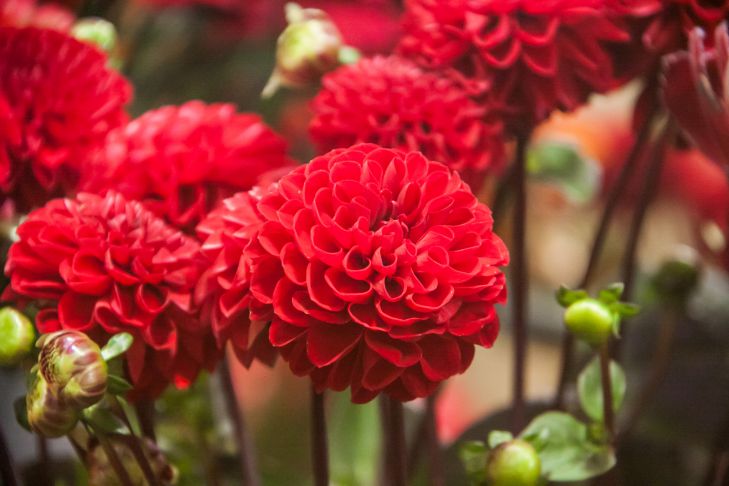Where is it better to store dahlias in winter: secrets of experienced gardeners for 100% preservation of tubers
Proper storage of dahlia tubers during the winter period determines the success of flowering in the following season.
Proper preparation and creation of optimal conditions allow you to keep the planting material healthy and viable until spring planting.
Important information was shared by the expert of the online publication "BelNovosti", scientist-agronomist and landscape designer Anastasia Kovrizhnykh.
Preparation for storage
The tubers dug up after the first frosts require careful cleaning from the soil. The root system is carefully washed with water, and damaged parts are removed.
The tubers are dried at room temperature for several days.

Selecting a room
The optimal storage location is considered to be a dark, dry room with good ventilation.
A basement or cellar is ideal if it maintains a constant temperature of 4 to 8 degrees. It is important to avoid rooms with high humidity.
Temperature conditions
Maintaining the temperature regime plays a key role in preserving the tubers. Too high a temperature provokes premature germination, and too low a temperature can lead to freezing.
Regular temperature monitoring helps prevent losses.
Packaging methods
There are several effective ways to pack tubers. A popular method is storage in peat or sawdust. The material should be slightly damp.
The tubers are laid in layers, interspersed with filler.
Storage in bags
The modern storage method involves the use of perforated polyethylene bags.
A little peat or vermiculite is placed in the bags. It is important to provide air access by making small holes in the packaging.
Checking the status
Regular inspection of tubers allows problems to be identified in time.
Once a month, it is necessary to check the safety of the material, remove rotten parts and treat the cuts with charcoal or crushed sulfur.
Air humidity
Maintaining optimal air humidity prevents tubers from drying out or rotting. The ideal level is 60–70%.
If necessary, humidifiers or containers with water are used.
Pest protection
Prevention of rodents and insects requires special attention. The premises are regularly ventilated, rodent traps are installed.
Using natural repellents helps keep pests away.
Labeling of varieties
Organizing a labeling system helps avoid confusion in the spring.
Each tuber or group of tubers is labeled with the variety, color, and height of the plant. The information is written with a waterproof marker.
Spring training
A month before the expected planting, the tubers are taken out of storage for inspection. Viability is determined by the elasticity of the tubers and the presence of healthy buds.
Damaged parts are removed and cuts are treated with protective compounds.
